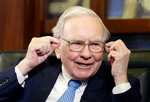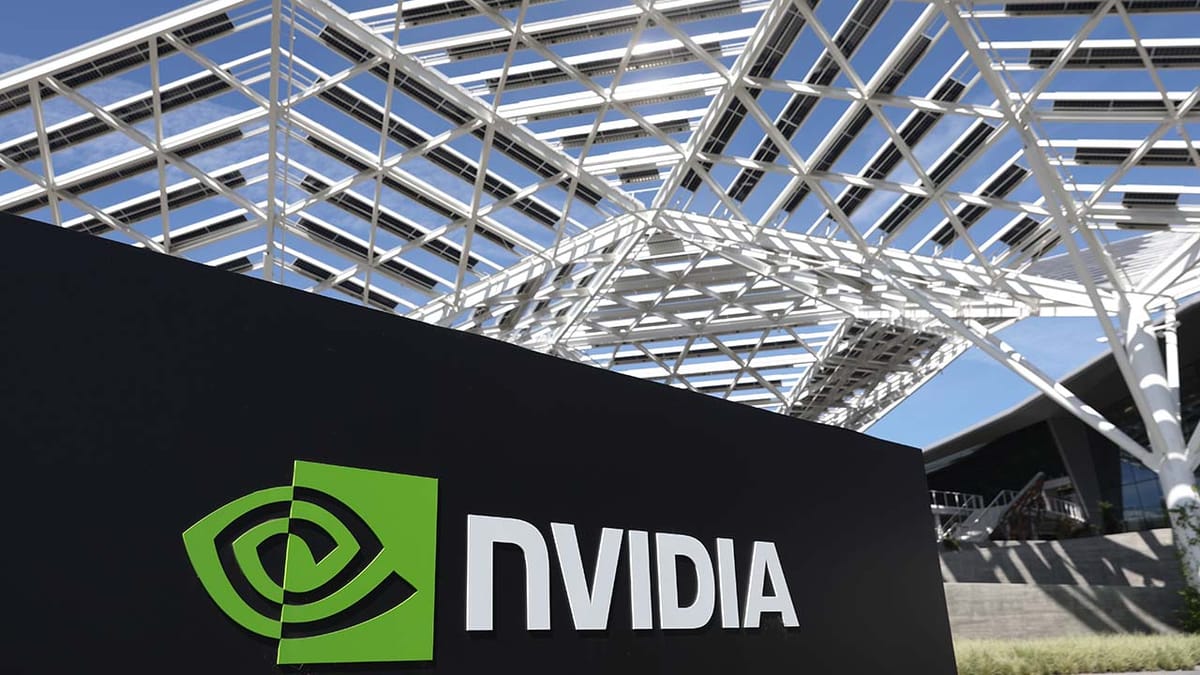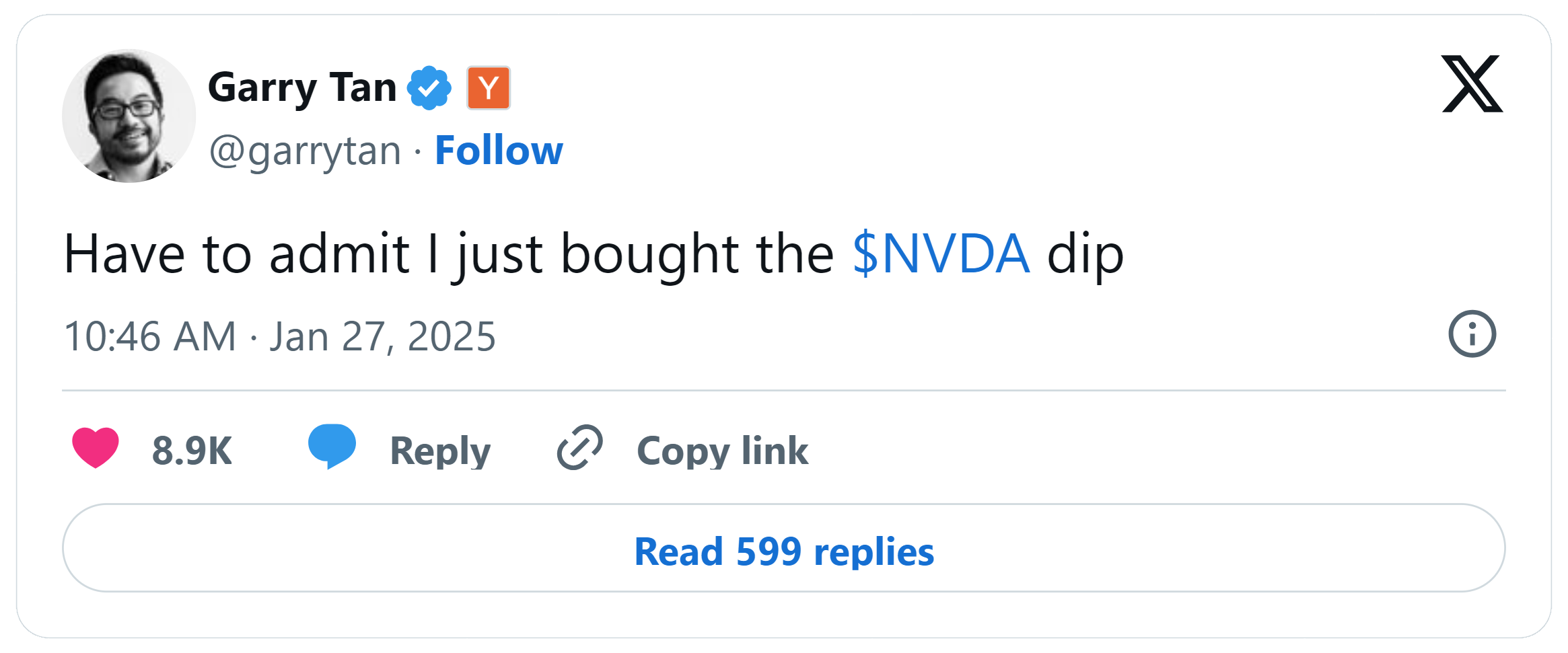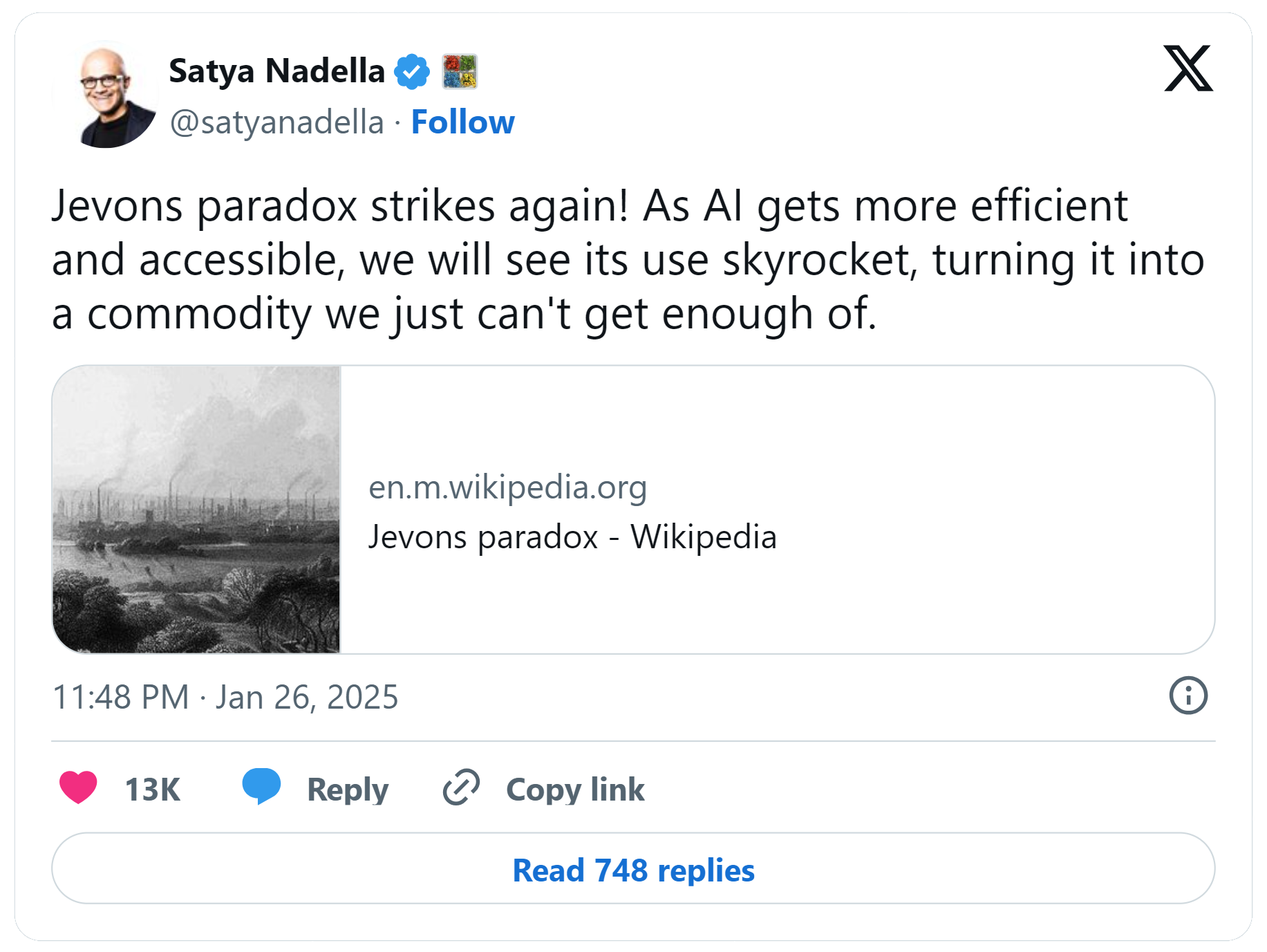Featured Posts

Last week, people saw the 7% spike in the S&P 500 and called it a relief rally. Markets breathed. Volatility cooled off for a moment. But what actually happened wasn’t just a response to Trump’s sudden 90-day tariff pause. It was a pressure release after days

Let’s talk markets. Specifically, let’s talk about what just went down (literally) in the Nasdaq this week. If you’ve been paying attention—or maybe even if you haven’t—it’s gotten pretty ugly pretty fast. I even tweeted something about it: Markets take the stairs up

The drop happened fast! If you blinked sometime in February, you might’ve missed that we were at new all-time highs. Now? We're in full correction territory. Just yesterday, the S&P 500 fell more 2%, and now close to 10% in less than a month. Not

Did you know that 56% of Wisconsin’s agricultural exports could be impacted by tariffs from Canada, Mexico, and China? Wisconsin now represents the 11th largest exporter of agricultural products in the U.S., up from 13th in 2023 (WI DATCP). In 2024, Wisconsin’s agricultural exports reached $3.97

Nvidia just lost $600 billion in market value in a matter of days. That kind of drop would normally scare off investors. But for retail traders, they bought in BIG time.
In just two days, retail poured $900 million into the stock, per FT.
Monday alone saw $562 million in net retail inflows, the biggest single-day buy on record.
Meanwhile, hedge funds, the so-called smart money, were dumping shares.
So who is making the right call? Retail or Institutions?
Why Retail Investors Jumped In
For retail traders, this was not panic. It was opportunity. The AI boom is not slowing down, and many believe Nvidia is still at the center of it all.
To them, a massive drop in share price just meant one thing: a discount.
Trading platforms saw the frenzy in real time. Robinhood logged one of its highest overnight trading volumes ever.
Even high-profile people got in on the action. Garry Tan, CEO of Y Combinator, openly admitted to buying the dip:

On Reddit, traders were calling this a "Jevons Paradox". The idea is that as AI gets cheaper and more efficient, demand will only keep growing. Funny enough, Satya Nadella (CEO of Microsoft) also posted about this:

The Risks of Buying This Dip
But let’s take a step back. Nvidia did not drop for no reason. The sell-off was triggered by news that China’s DeepSeek AI may have developed an advanced AI model that competes with US tech leaders like OpenAI at a much lower cost.
If that claim holds up, it could cut into Nvidia’s dominance and hit demand for its high-end chips.
Then there is the bigger issue. Retail traders love to buy the dip, but not every dip is a buying opportunity, at least in the near term.
Hedge funds were not buying. They were selling. The biggest institutional investors offloaded massive amounts of Nvidia shares during the crash. In fact, Nvidia alone made up 10% of all US stock market trading volume on Monday.
What Happens Next
One thing is certain: Nvidia has been swinging up and down since the crash.. Volatility through the roof.
If AI demand keeps growing and Nvidia maintains its lead, long-term investors could win big. But if DeepSeek or other competitors start chipping away at its market share, this dip might not be the bargain some people think it is.


